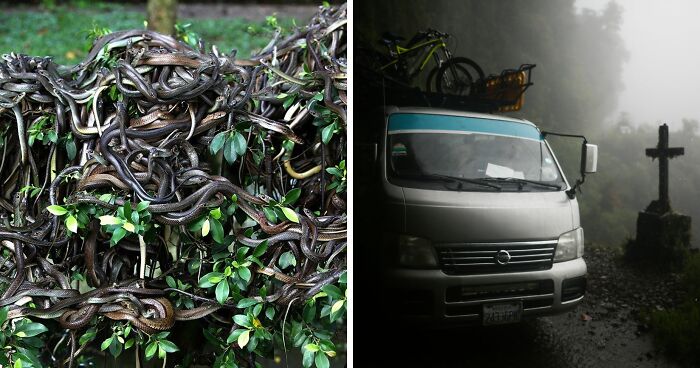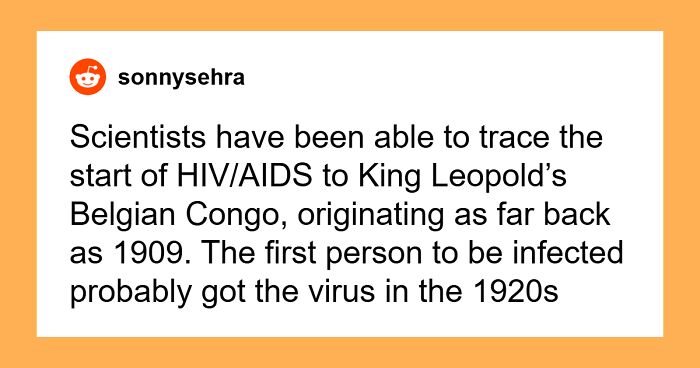
NASA Shares A Picture Of The Sun That Looks Like It Celebrates Halloween Already
Science is awesome. Period. Not only has science pushed (and continues to do so) humanity forward to achieve new heights, but it has also become its key to unraveling the secrets of the universe.
NASA—the National Aeronautics and Space Administration, or more conventionally speaking, the people who explore space and show us cool stuff about it—has recently posted a picture of the Sun on their official social media accounts. However, this is no ordinary glimpse into the giant ball of fire in the sky, no.
Nasa’s recent post of the Sun is oddly reminiscent of an evil jack o’lantern
Image credits: NASA/SDO / Pixabay
NASA shared a photograph that its Solar Dynamics Observatory (SDO) had captured back on October 8, 2014. It shows the active regions of the Sun combined to look like a traditional jack-o-lantern face. Very fitting as Halloween is right around the corner!
The photo caption read: “Even our star celebrates the spooky season—in 2014, active regions on the Sun created this jack-o’-lantern face, as seen in ultraviolet light by our Solar Dynamics Observatory satellite.”
The SDO is an ongoing NASA mission launched in 2010 as part of the Living With A Star program. It aims to form a scientific understanding of how the Sun-Earth system affects life and society on the planet.
NASA explained that the brighter parts of the Sun are the more active regions that emit more light and energy. They are the signs of intense magnetic fields that drift in the Sun’s atmosphere.
Wavelengths are often colorized using yellow & gold, giving the Sun a creepy Halloween look
Image credits: NASA/SDO
The picture is a combination of two sets of extreme ultraviolet wavelengths, namely 171 and 193 Ångströms (units of length). These wavelengths are colorized in gold and yellow, which in turn gives the image a creepy Halloween pumpkin look.
However, this isn’t the first time NASA has found something in space that reminds them of worldly objects. In 2004, the Mars Global Surveyor (MGS) Mars Orbiter Camera (MOC) captured a heart-shaped mesa on Mars and in January of this year, the Long-Range Reconnaissance Imager (LORRI) snapped a picture of Ultima Thule, a trans-Neptunian object located in the Kuiper belt, which looks like a snowman.
Earlier this year, LORRI snapped a picture of Ultima Thule, which looks like a snowman
Image credits: NASA/Johns Hopkins University Applied Physics Laboratory/Southwest Research Institute
In 2004, NASA found a heart-shaped mesa on Mars
Image credits: NASA/JPL-Caltech/MSSS
The internet is full of people who adore science and Halloween, so here’s how they reacted…
10Kviews
Share on Facebook
 Dark Mode
Dark Mode 

 No fees, cancel anytime
No fees, cancel anytime 































































130
9